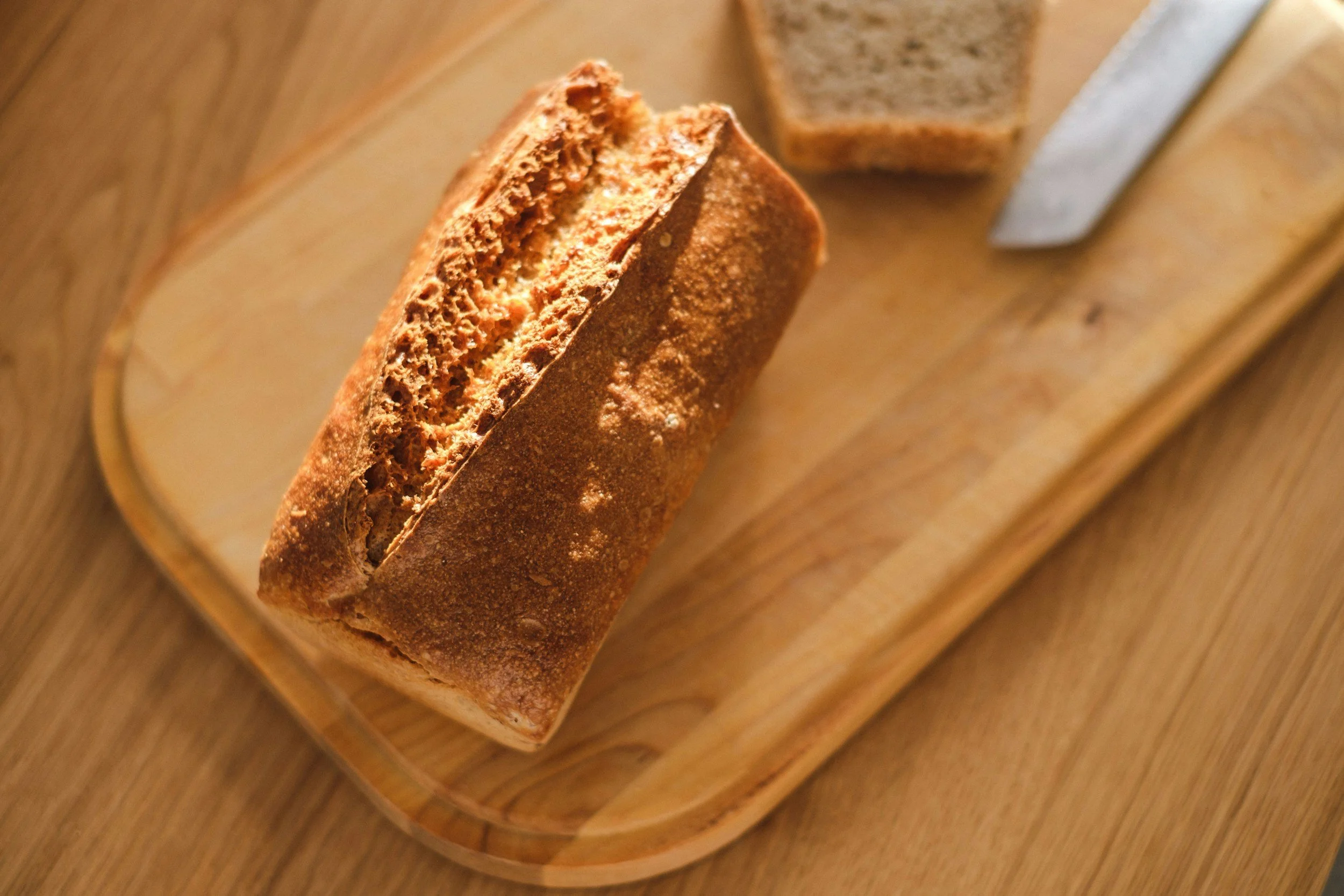The Best Gluten-Free Bread for Gut Health
(Dietitian-approved recipe for IBS, coeliac disease, and sensitive guts)
By Deirdre Costello, Specialist Gastro Dietitian, gutgra.com
Introduction
If you’ve ever tried baking gluten-free bread and ended up with a rock hard loaf, you aren’t alone!
As a specialist gastroenterology dietitian, I work with many clients who have coeliac disease, IBS, and other gut health conditions, and one of the biggest challenges they face is finding a gluten-free bread that tastes nice.
This loaf is inspired by the brilliant gluten-free baker, Loopy Whisk.
Why This Gluten-Free Bread Works
• Rice, tapioca, and sorghum flour mimic the structure of wheat while being gentler for digestion.
• Psyllium husk replaces gluten’s elasticity and adds soluble fibre, supporting bowel movements.
• The steaming technique creates a lovely golden crust.
Ingredients
Dry ingredients
• 1 ½ cups (210g) white rice flour
• 1 cup (120g) tapioca starch
• ½ cup (60g) sorghum flour
• 2 tbsp psyllium husk powder
• 2 tsp instant yeast
• 1 ½ tsp salt
Wet ingredients
• 420ml warm water
• 2 tbsp olive oil
• 1 tbsp honey or maple syrup
• 1 tsp apple cider vinegar
Method
1. Activate the yeast: Whisk warm water, honey/maple syrup, and yeast in a large bowl. Let sit for 5–10 minutes until foamy.
2. Combine dry ingredients: In another bowl, whisk together all the flours, tapioca starch, psyllium husk, and salt.
3. Mix the dough: Pour the wet ingredients into the dry mixture, add olive oil and vinegar, and mix.
4. First rise: Cover and let rise for 45 to 60 minutes until doubled in size.
5. Shape and second rise: Transfer to a greased loaf tin and let rise for another 30 to 40 minutes.
6. Preheat the oven to 425°F (220°C). Pop your bread loaf in the oven and place a pan of hot water on the bottom rack and bake for 15 minutes. Remove the water, reduce the temperature to 375°F (190°C), and bake for another 40–45 minutes.
7. Let the loaf cool fully before digging in!
Tips for Success
• Don’t omit the psyllium husk as it adds structure and soluble fibre.
• Store at room temperature or slice and freeze for easy toasting.
• You can add extras like sunflower seeds, chia seeds, or even chopped rosemary.
Gut Health Dietitian’s Note
As a specialist gastro dietitian, I remind clients that gluten-free doesn’t always mean “gut-friendly”, when made right, it can be!
This bread has:
• Fibre for regular bowel movements
• Lower FODMAP content, making it suitable for many with IBS
• Naturally gluten-free, safe for those with coeliac disease
Always check ingredient labels to ensure products are fully gluten-free if you have coeliac disease.
Final Thoughts
Gluten-free baking can be frustrating but it doesn’t have to be!
If you make it, share your bake on Instagram and tag me @gut_gra. I’d love to see how it turns out for you!
